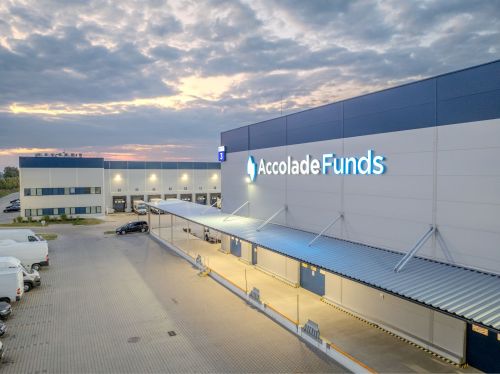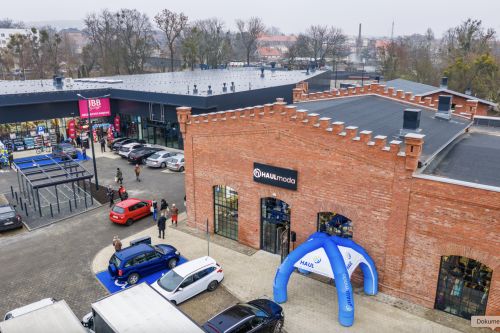The second half of August was not as calm as it could have been, given that this is the peak of the holiday season. Emerging markets fell under the baleful influence of the collapsing Turkish lira, which also fuelled the price slump in Poland. The situation in Turkey is a serious one, due to the size of the economy and how connected it is with the European banking system. However, the August turmoil did not last long – the diminishing threat of a trade war between China and the US, the excellent state of the American economy (GDP growth of more than 4 pct in Q2 and the lowest unemployment rate for twenty years), as well as the historic heights hit by the New York S&P 500 index, provided the global stock exchanges with the impetus they needed for stock purchases. And this happened despite the troubles in other emerging economies: Argentina and Brazil. If you factor in the data showing faltering growth in Europe, then there are quite a few reasons why the global mood might dete






























































